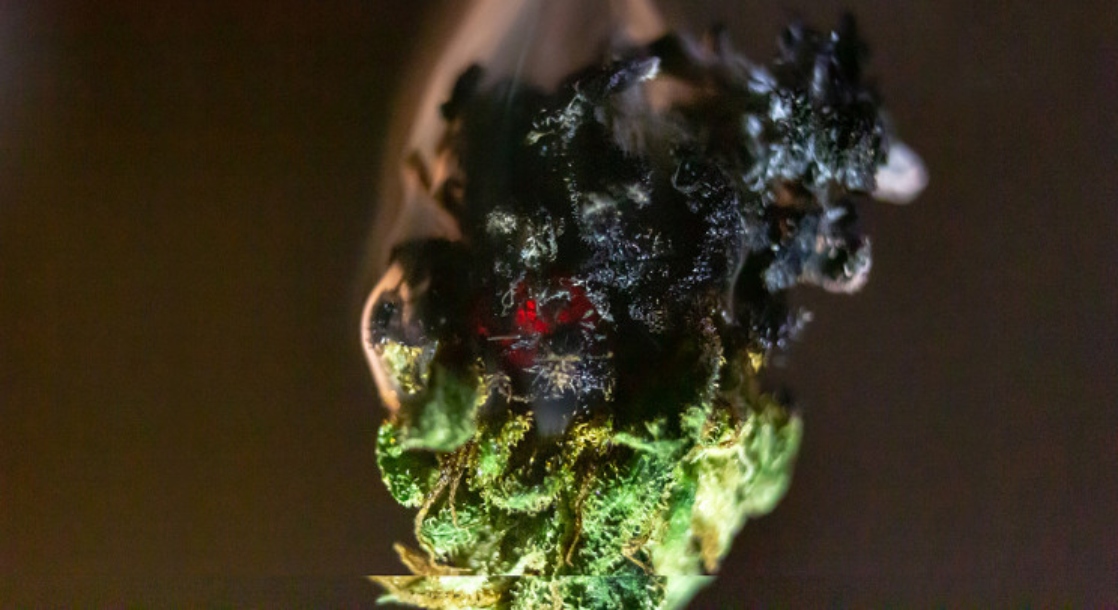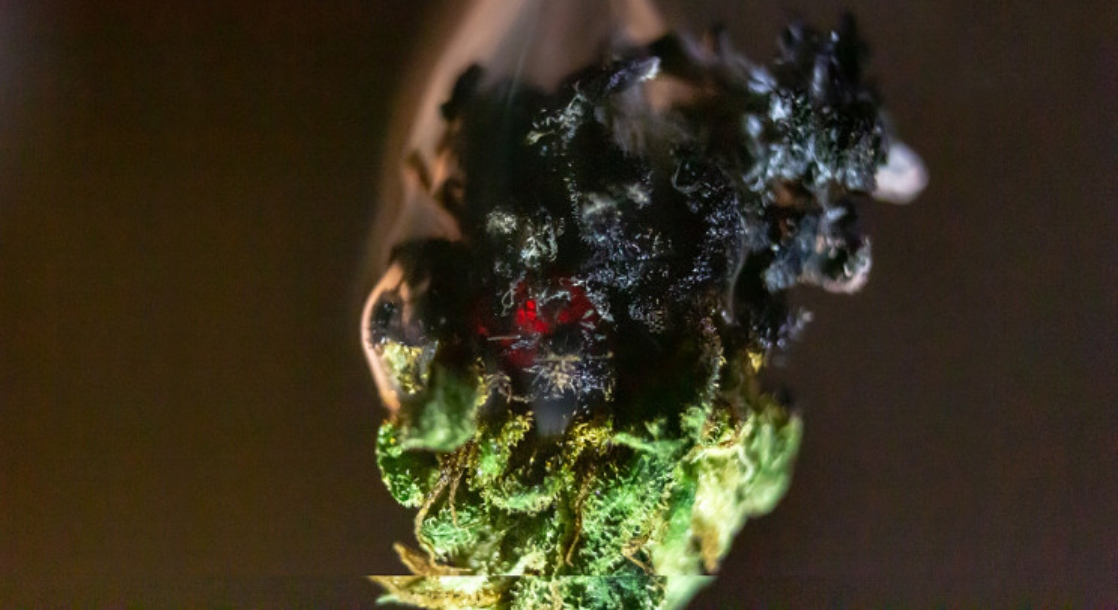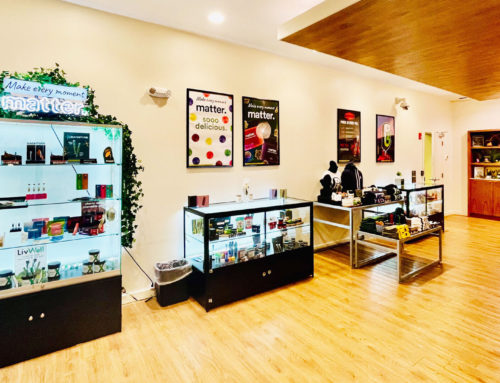
Israeli scientists have determined that burnt matter discovered in a 2,700-year-old Jewish temple was actually cannabis that contained enough THC to get someone lit.
On Thursday, archaeologists at Tel Aviv University published their study results in the university’s Journal of the Institute of Archaeology of Tel Aviv University.
Archaeologists first discovered the weed sample at the Tel Arad site back in the ‘60s, when excavations first began on the “fortress compound.” Archaeologists found “round heaps of black solidified organic material” placed in the centers of two depressions atop two limestone altars, indicating that the burnt material was used for religious ceremonies. The samples, sitting in the dry desert for millennia, had been well-preserved by the environment.
Chemists ran lab tests on the residues back in the ‘60s, but the results were “inconclusive.” The tests only confirmed that the residues didn’t contain animal fat, which was often burned by ancient priests as a form of ritual sacrifice.
But a new round of tests, confirmed by two independent labs, found that the material was cannabis. The samples contained significant amounts of THC, CBD, and CBN. Furthermore, the religious practitioners at the Tel Arad shrine mixed the cannabis with animal dung, presumably to slow the rate at which the weed burned. In other words, if anyone got toasted from this ceremonial weed burning, they didn’t do it through a pipe. Rather, they breathed in the smoke as it burned off the altars, one of the first instances of what we would today call “hot-boxing.”
“It seems feasible to suggest that the use of cannabis on the Arad altar had a deliberate psychoactive role,” the researchers wrote. “Cannabis odors are not appealing, and do not justify bringing the inflorescences from afar.”
Cannabis odors may not be appealing to some people, but we can probably all agree that mixing weed with dookie definitely ain’t whetting anyone’s appetites. But this latest discovery has huge implications not only for our historical understanding of cannabis use, but for human history as a whole.
“The discovery of cannabis on the smaller altar was a surprise,” the researchers wrote. “Arad provides the earliest evidence for the use of cannabis in the Ancient Near East. Hallucinogenic substances are known from various neighboring cultures, but this is the first known evidence of hallucinogenic substance[s] found in the Kingdom of Judah.”
So, now the archaeologists believe they may find even more evidence that ancient Jewish people, going back to the Iron Age, torched bowls of cannabis. They noted that unidentified “charred” plant material found at another Biblical archaeological site, Khirbet el-Mudēyine, could be cannabis, as well. However, more chemical tests are needed first.
Some scholars suspect that the Hebrew word kaneh bosem translates to cannabis. “Cannabis” likely originated from the nomadic Scythians, though the Scythian term possibly derived from the earlier Indo-Iranian word qunubu. Why does this matter? Kaneh bosem may have been an ingredient for holy anointing oil, bestowed unto Moses by The Lord Himself.
The contentions with kanna bosem being weed relies largely on how Biblical scholars have long translated the word. For most of modern history, versions of the Tanakh or Old Testament translate it as “calamus,” a wetland flower. And while the Tel Aviv University study doesn’t prove that kaneh bosem was really cannabis, its analysis could serve as partial evidence for the weed advocates’ case.
Prior to the latest Tel Aviv University’s finding, the earliest known use of weed in religious ceremonies was discovered just last year. That discovery, based on samples preserved at the Jirzankal Cemetery, suggested that people who lived in an area that now resides between China, India, Pakistan, and Tajikistan, not only burned cannabis for religious purposes, but likely bred and cultivated cannabis specifically for higher THC content, too. Scientists estimated that the samples at Jirzankal Cemetery were about 2,500-years-old.





Leave A Comment